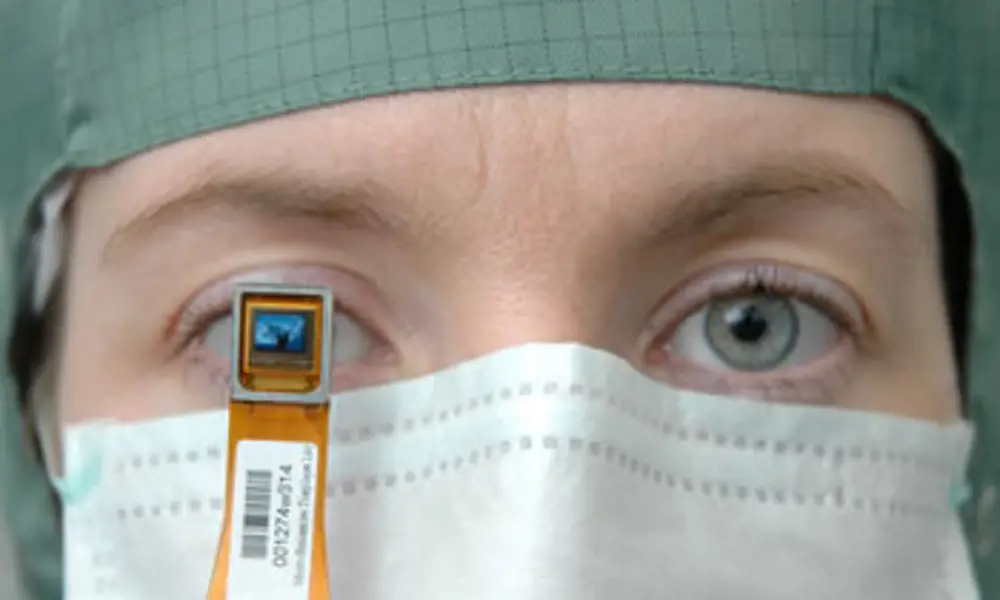
Innovation Watch - Intelligent queue monitoring
To enable intelligent queue monitoring, individual shoppers’ body heat is picked up by infra-red detectors
Infrared technologies are moving beyond the confines of military and aerospace operations into broader useage within civilian life. Retail businesses for example are utilising infrared array sensors with embedded software to provide staff in stores with information to indicate the size, number, position, direction, speed of customers on the premises.
Northamptonshire technology company Irisys has developed intelligent queue management solutions based on people-counting detectors installed at entrances and over checkout lanes. These compact units contain thermal imaging optics, sensors, signal processing and interfacing electronics and are installed at over 40,000 checkouts in the UK.
The devices operate by focusing the heat energy that bodies emit onto a low resolution array of heat sensitive detectors. As customers move across the field of view of the array, digital signalling processing (DSP) based firmware analyses the signals to determine the behaviour of the people
passing through the field of view. When the device is used to count people at the entrance to a shopping mall or store, it detects how many people cross the field of view in each direction.
By monitoring the movement of people by their body heat, they are able to provide accurate real time footfall and queuing data in variable lighting conditions. When a family of three people arrive at the checkouts for example, the retailer does not want to count three in a queue, they want to count one ‘shopping unit’. The infra-red detectors are intelligent enough to determine from the speed and direction of movement of the thermal targets below, how many shopping units are in that queue.
An embedded web-browser set-up and configuration tool gives operators a thermal view, with some detectors also incorporating a simultaneous video capability to verify fine details. Store staff view the queuing data on a ‘dashboard’ displayed either on a VDU or mobile PDA device. As well as real-time customer data it forecasts, courtesy of a predictive algorithm, how many checkouts will be needed to maintain defined service levels in 15 or 30 minutes time.
Tesco and Morrisons already use the technology in the UK and the queue management system will roll out across the US in the coming year.
Keep up-to-date with Ingenia for free
SubscribeOther content from Ingenia
Quick read

- Environment & sustainability
- Opinion
A young engineer’s perspective on the good, the bad and the ugly of COP27

- Environment & sustainability
- Issue 95
How do we pay for net zero technologies?
Quick read

- Transport
- Mechanical
- How I got here
Electrifying trains and STEMAZING outreach

- Civil & structural
- Environment & sustainability
- Issue 95